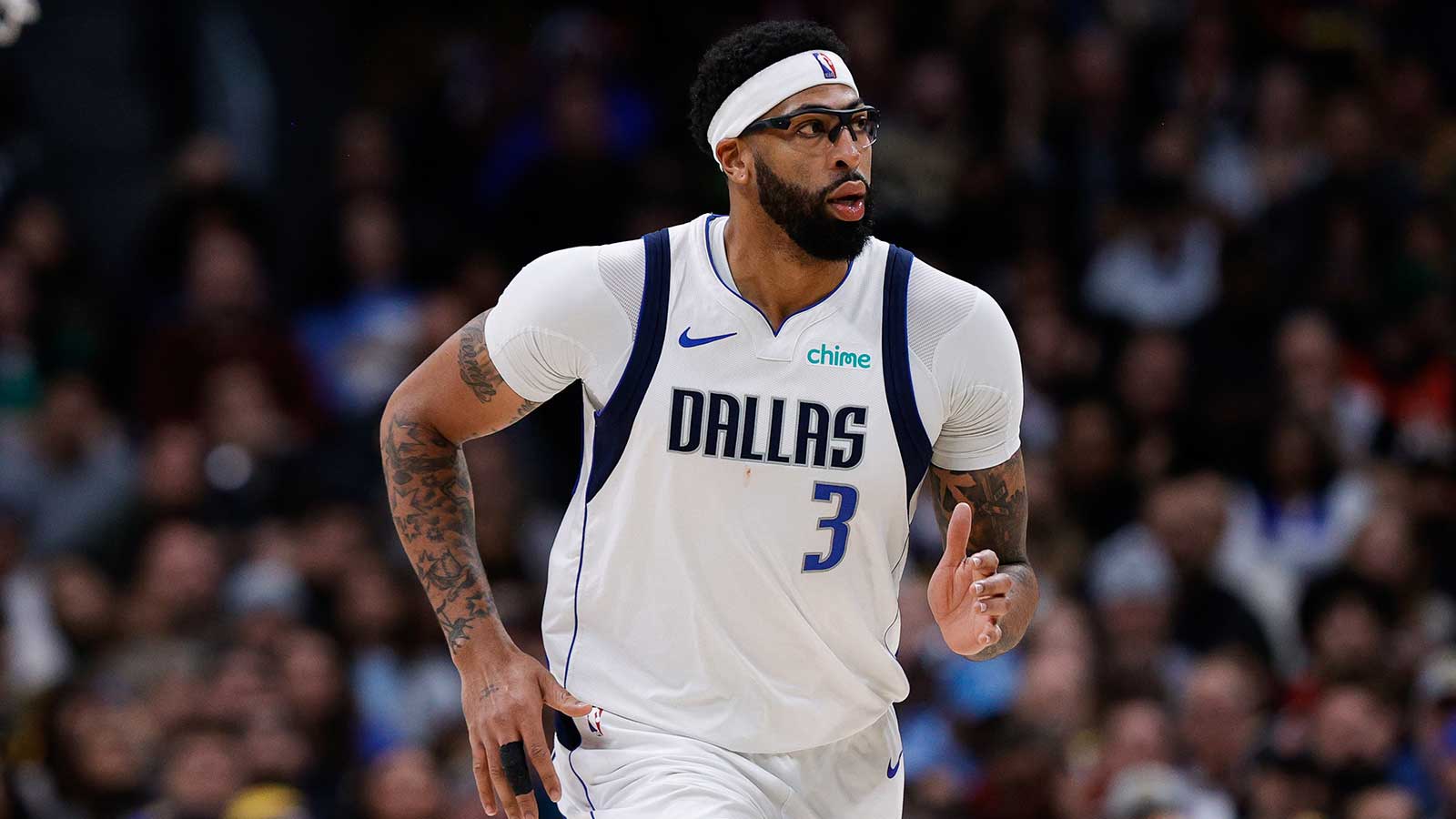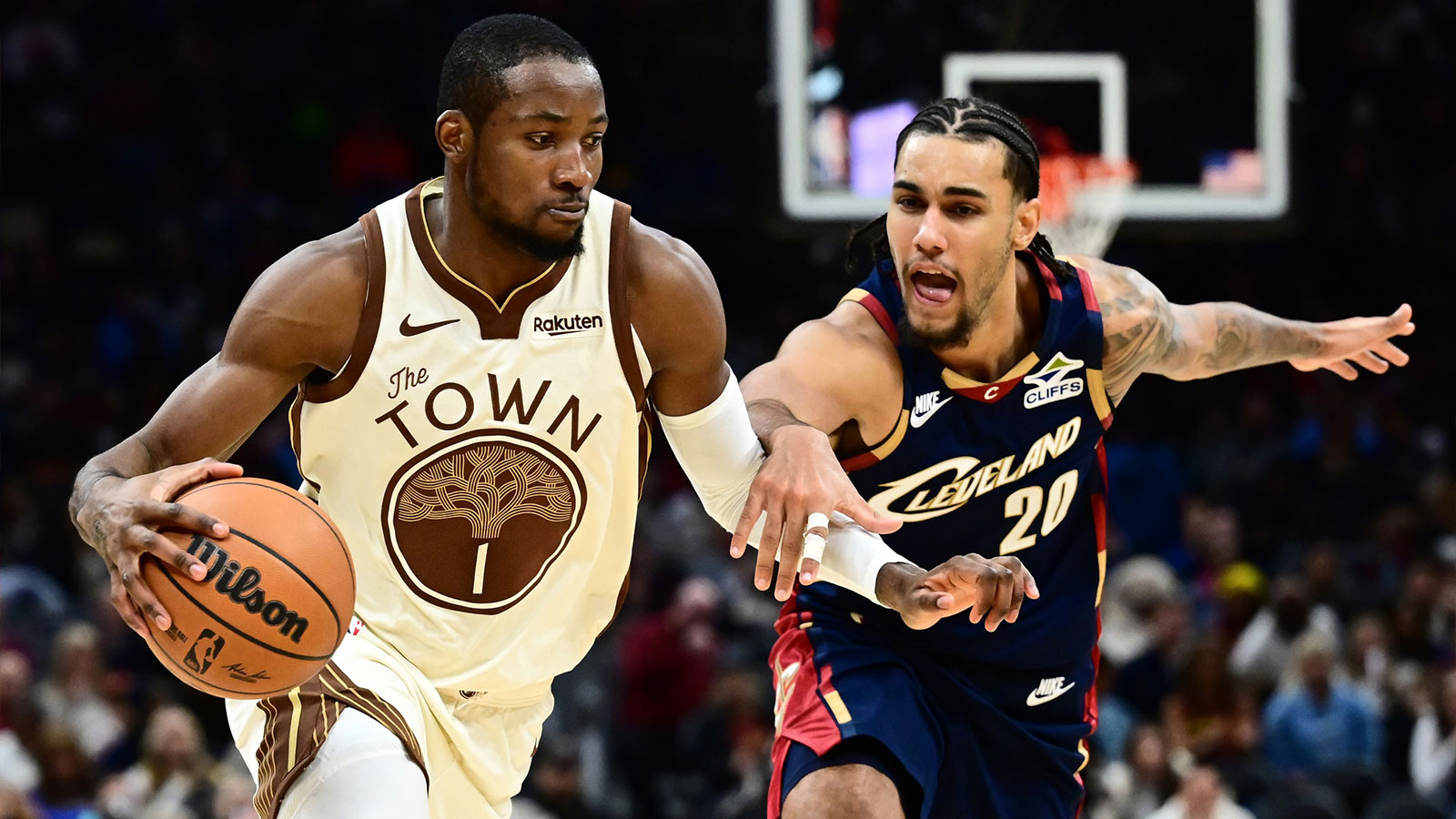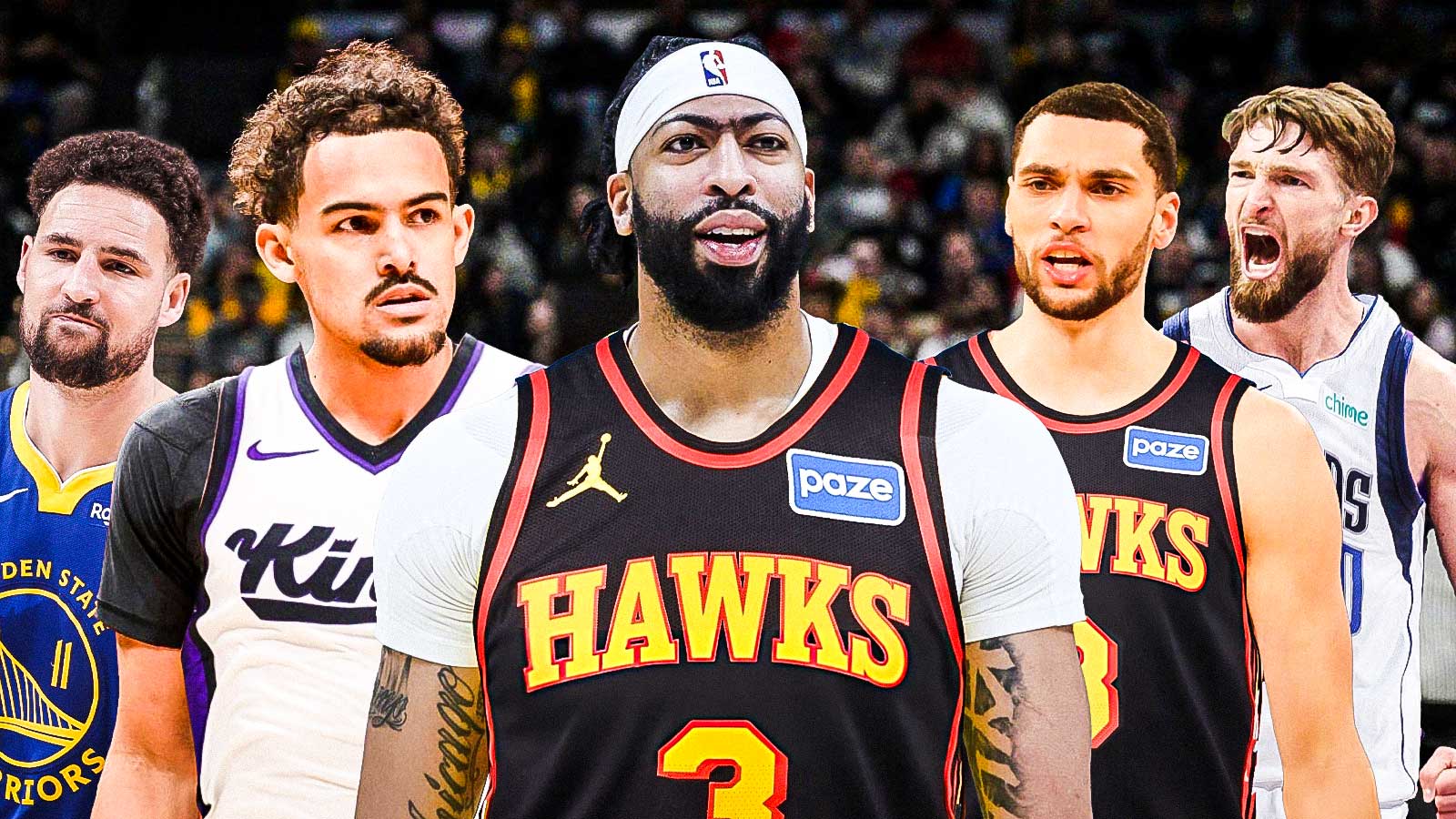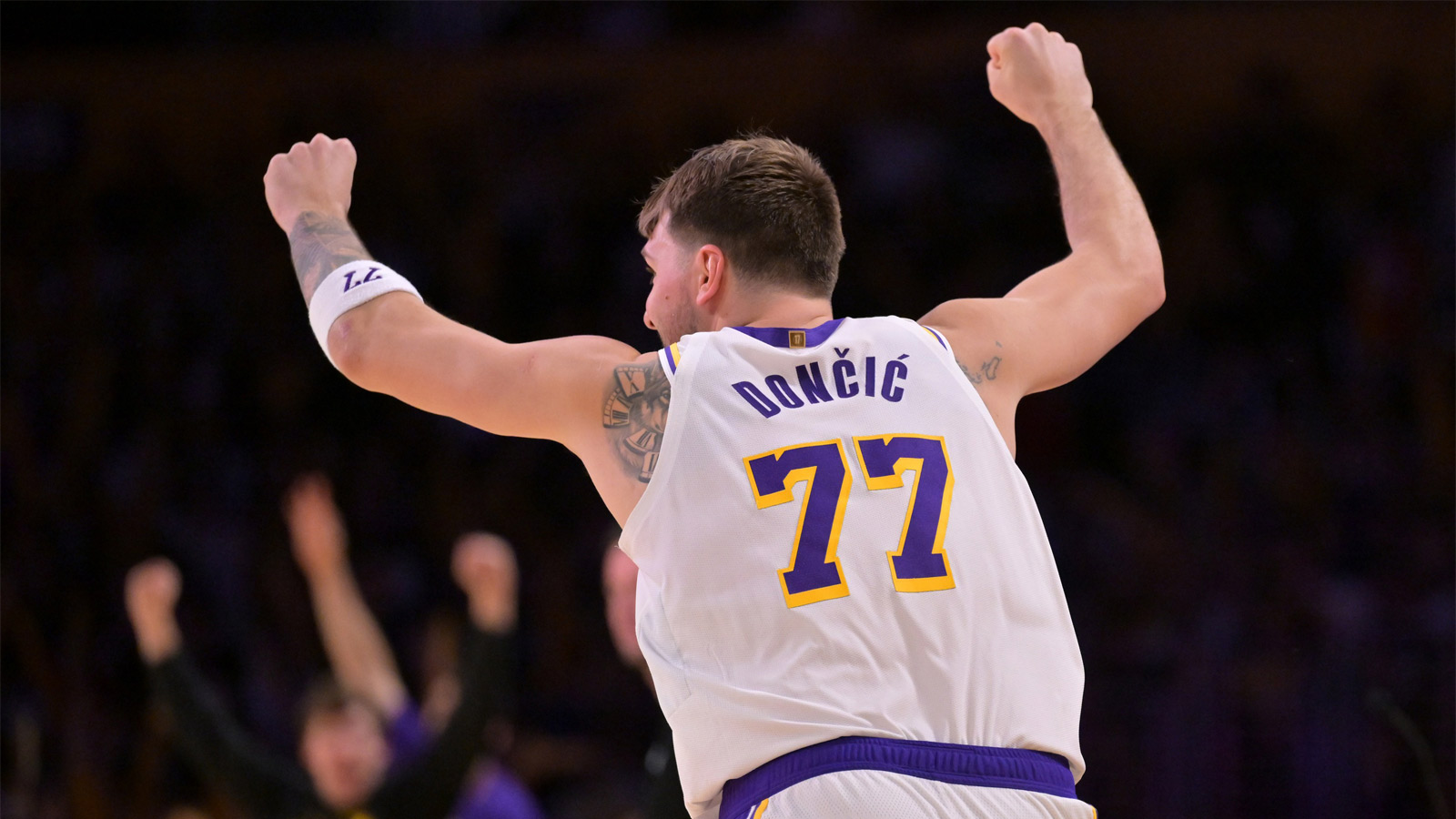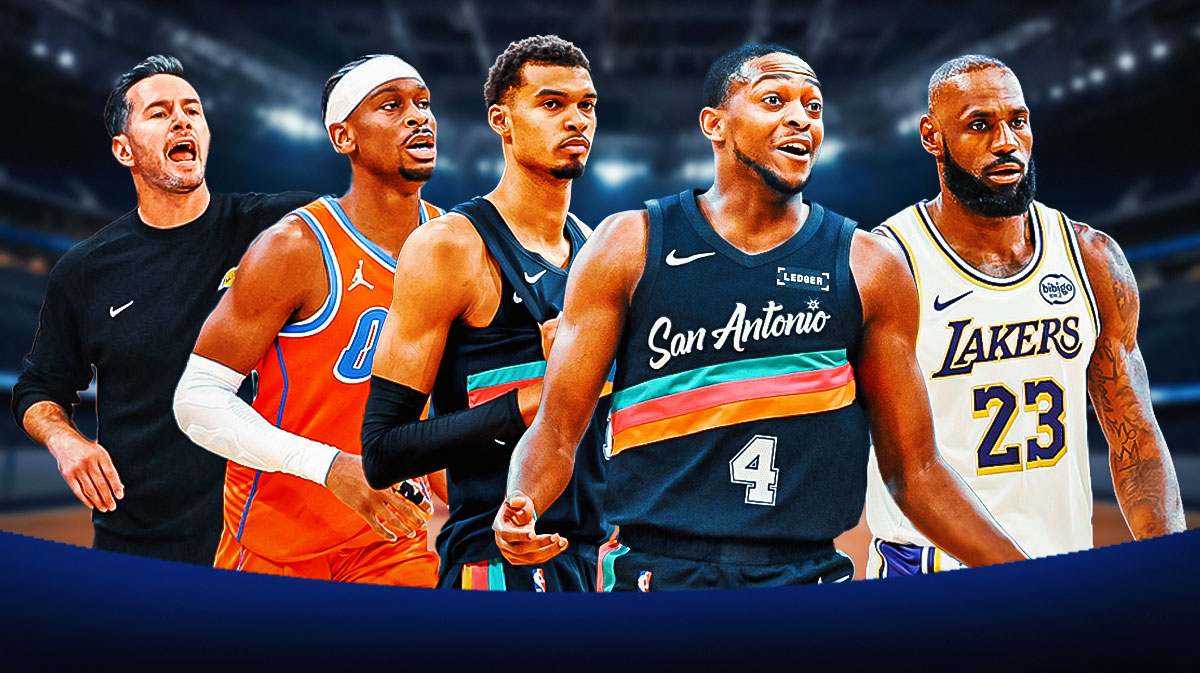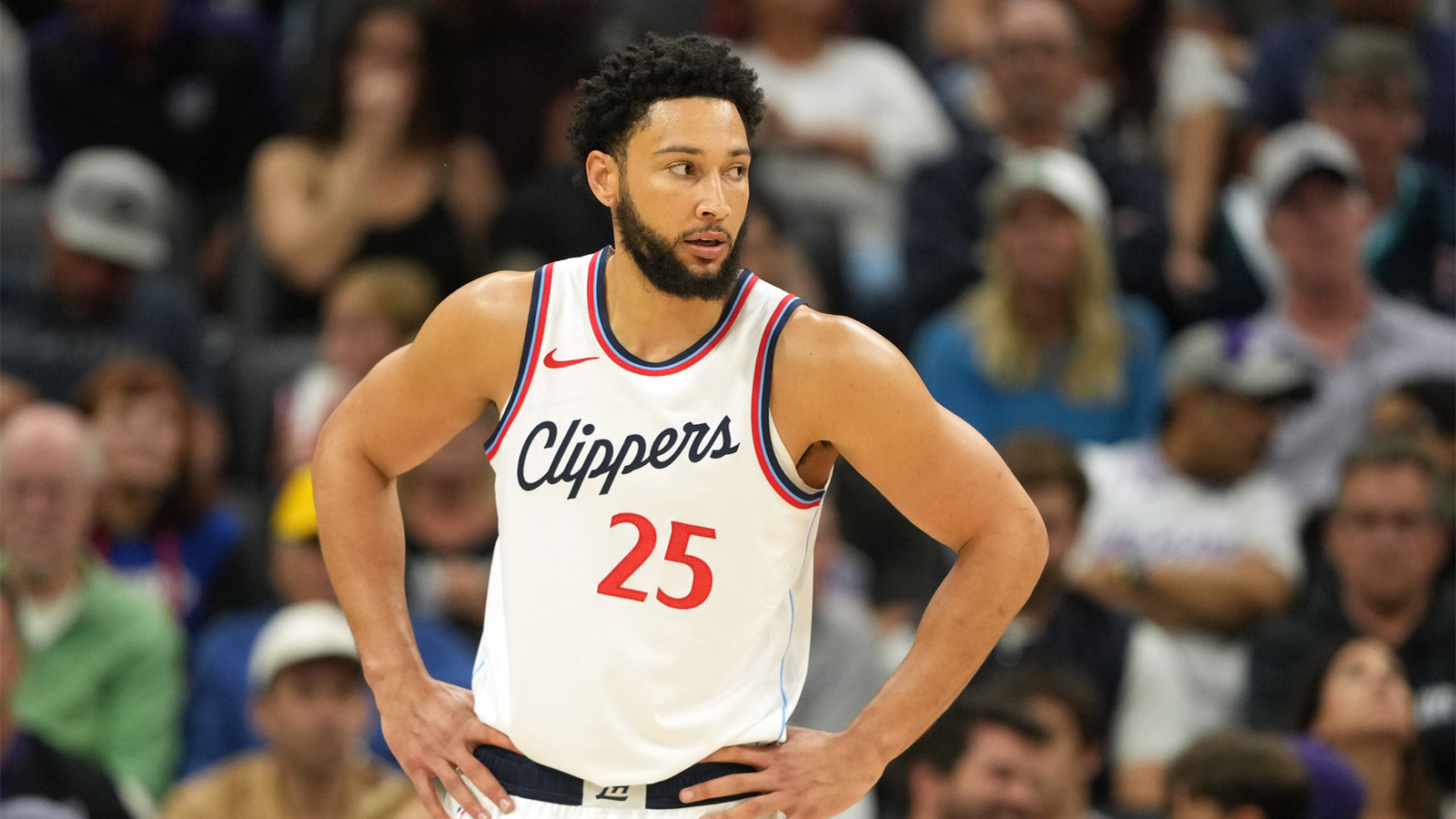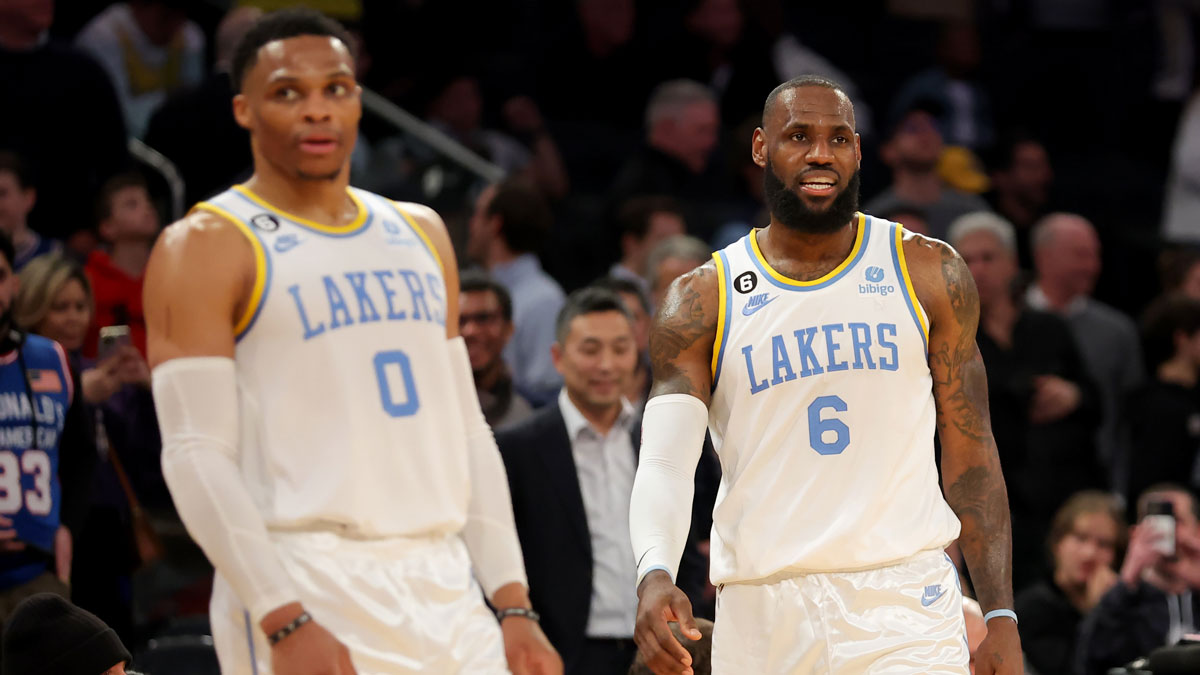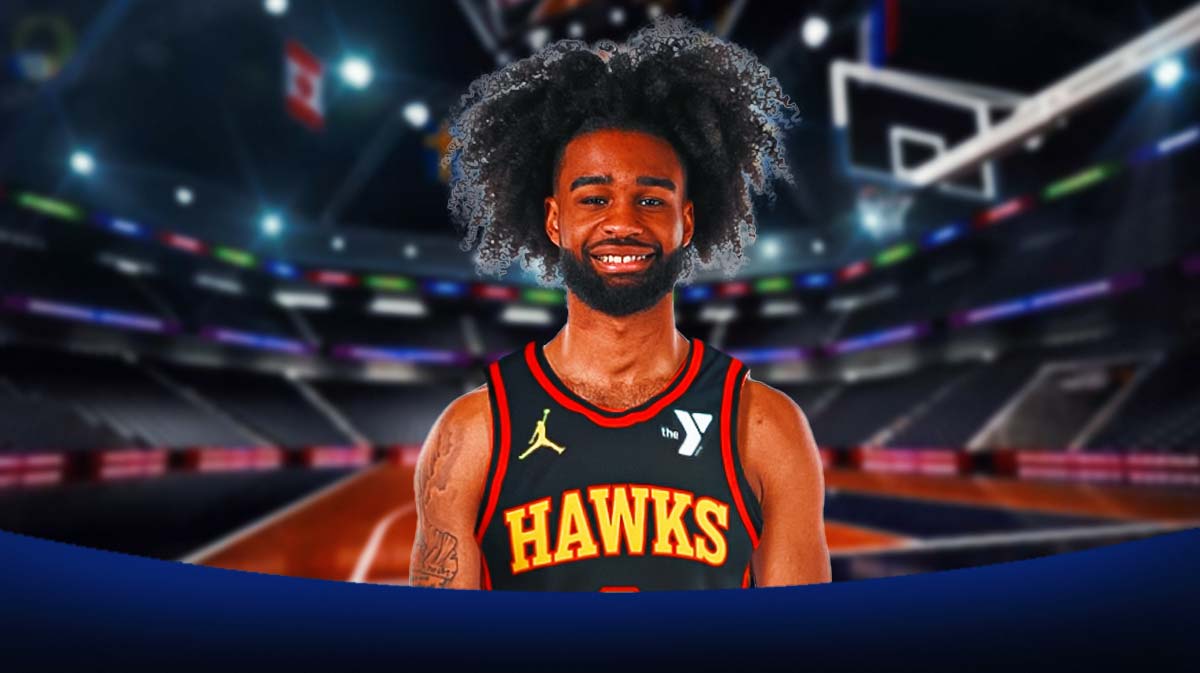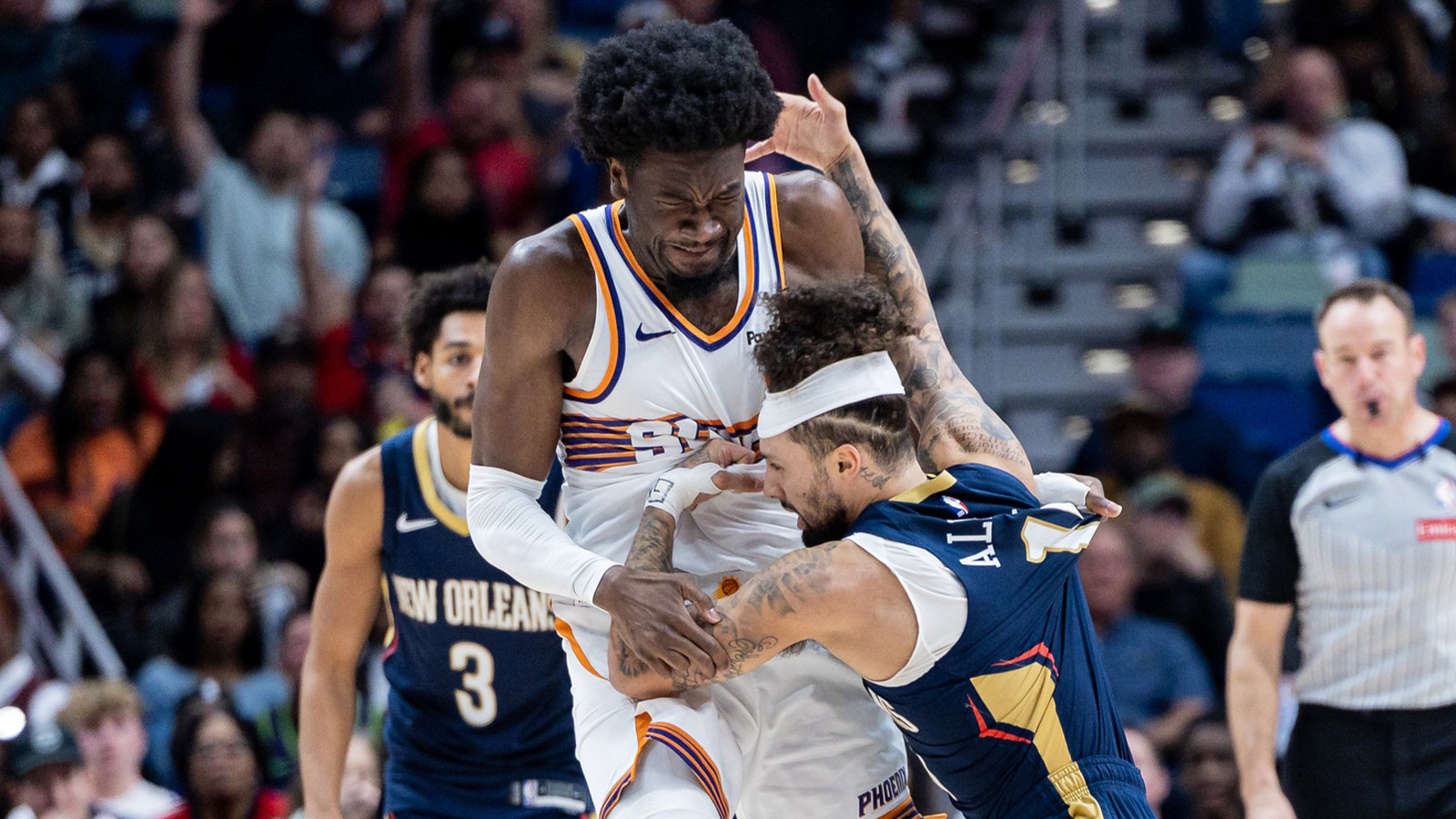In 2003, the market strategists at Nike were searching for their next big star. The answer? LeBron James sneakers.
Ultimately, the popular sports apparel company decided to take a chance on an 18-year-old phenom known as LeBron James. This move paid off in a big way, as “The Kid from Akron” would go on to become one of the most recognizable faces on the planet.
Though he was young and had no NBA experience, it was clear that James, who made the cover of Sports Illustrated at the age of 17, was going to be a star. As a result, several top shoe manufacturers were hot on his trail coming out of St. Vincent – St. Mary's High School. In fact, Reebok wanted to add LeBron to their stable of athletes that included Shaquille O’Neal, Allen Iverson and Venus Williams. However, after a series of pitch meetings, James decided to accept a lesser offer from Nike (still $90 million). According to reports, he favored Nike's long-term value over Reebok's initial offer.
In this piece, we'll take a look back at the various installments of LeBron's basketball shoes with Nike. You know, Lebron James sneakers.
Air Zoom Generation: 2003-04
A few detailed shots of @KingJames Air Zoom Generation Retro "First Game". pic.twitter.com/gftS0lVQm8
— Jacques Slade (@kustoo) January 14, 2017
Avid shoe connoisseurs will recognize this shoe right away. Known as his “First Game” kicks, the designers at Nike used all of the technology at their disposal to deliver a worthy first shoe for James.
With a design meant to reflect the Hummer H2 he received from his mother in high school, the Air Zoom Generation incorporated molded mesh in the heel and midfoot, as well as large air ducts in the midfoot area for ventilation and weight reduction. The primary cushioning pad utilized Nike's Zoom Air, which stayed in place for the entire Nike LeBron line until the LeBron VII switched to Air Max cushioning.
To this day, LeBron's first signature shoes are highly sought after among collectors.
Zoom LeBron II: 2004-05
.@Teague0 wearing the Nike Zoom LeBron 2 against Houston. pic.twitter.com/ed5hRevyFN
— B/R Kicks (@brkicks) December 4, 2018
After a solid rookie season, Nike decided to roll out the next installment of LeBron's signature kicks with the LeBron II. New traits included a double-stacked Zoom unit for more cushioning, and a new sole pattern that featured L's and J's.
Zoom LeBron III: 2005-06
Nike Zoom LeBron 3 “Home” expected to release in early February for $175. (H/T @j23app) pic.twitter.com/aVUt7KV8PF
— SoleCollector.com (@SoleCollector) January 26, 2019
Nike changed their design quite a bit for the LeBron III. New styling notes included James' lion head logo on the tongue and a Swoosh branding on the heel. For performance, Nike again utilized double-stacked Zoom Air units in the midsole. Carbon fiber shanks were added to the midfoot for support, while rubber outsoles provided durability and traction.
Zoom LeBron IV: 2006-07
#SoleWatch: P.J. Tucker wearing the Nike Zoom LeBron 4. Everybody is bringing back the old school @KingJames kicks lately. pic.twitter.com/iv7Qb76zWC
— SoleCollector.com (@SoleCollector) December 14, 2017
With its flowing lines and sexy curves, the LeBron 4's were an instant hit for many reasons. Aside from their great design, they were the first basketball shoe since 2003 to utilize Nike's popular Foamposite structuring. Furthermore, this shoe featured a “no-midsole” construction and an inner mesh sockliner.
Wearing this shoe, LeBron led the Cavs to their first Finals appearance, where they were swept by the San Antonio Spurs.
Zoom LeBron V: 2007-08
LeBron 14 to feature a strap. Last time we saw that was on the Nike Zoom LeBron V https://t.co/ndb51QqRey pic.twitter.com/2t9I5Lwyav
— Sneaker News (@SneakerNews) December 1, 2016
By this time, LeBron James had adopted “The King” moniker, and Nike made it a point to reflect this nickname in a royal design for the fifth installment of his signature shoe.
The LeBron 5's feature several unique and personal touches from James himself. The ankle strap design is meant to reflect a milk crate that he practiced on growing up, while street maps of Akron were placed on the sole and behind the tongue.
Gone were the days of a Foamposite outsole. Enter a new era of Nike's Phyposite endoskeleton, a material composed of Phylon and Foamposite that was meant to provide more stabilization for his raw size and power. Intersecting grooves on the sole allowed this shoe to be a true gripper on the court.
Air Max LeBron VI: 2008-09
.@TheRea1DJones taking us back with the “CTK” Nike Zoom LeBron 6.
📸: @NBAKicks pic.twitter.com/qtrzjxZyBh— SoleCollector.com (@SoleCollector) February 22, 2019
The LeBron VI drew inspiration from one of Nike's most popular shoes of the 80s: the Nike Air Force 1 High. Though the LeBron VI appears simple in design at first glance, a closer look reveals fine details and high quality components.
Small crowns are inlaid along the heel, which lead into a triple-stitched midsole. Double-stacked Zoom Air was installed for comfort and performance, and the cup-sole made its return. Overall, the LeBron VI weighed 16.8 oz, making it the lightest LeBron shoe since the Air Zoom Generation.
Air Max LeBron VII: 2009-10 (best LeBron James sneakers)
https://twitter.com/BrooklynGodSun/status/1110679079559352327?s=19
Ah, yes, the LeBron VII. Collector's know these beautiful kicks well, as they are still sold for top dollar on various markets around the globe.
The LeBron VII was the first Air Max LeBron shoe to utilize Nike's all-new, full-length, basketball-specific air bag. The shoes also incorporated a Flywire-engineered upper with a higher tensile-strength cable than those used in previous models. Notably, the seven Flywire strands on the tongue represent the Air Max LeBron VII as the seventh shoe in James' signature line.
Air Max LeBron VIII: 2010-11
#SoleWatch: P.J. Tucker wearing the “South Beach” Nike LeBron 8. Best @kingjames sneaker of all-time?
📸: Bill Baptist pic.twitter.com/iQ3EO2uuC3— SoleCollector.com (@SoleCollector) December 14, 2018
The LeBron VIII was the first shoe that James released after choosing to “take his talents to South Beach” and join the Miami Heat. As a result, the “South Beach” colorway became one of Nike's best-sellers.
The upper of the LeBron VIII features full-grain leather with an engineered Flywire chassis for added support. The midsole utilized a full-length 360 Max Air unit, which was coupled with a cushioned midsole. The outsole of the shoe was constructed in a manner that would reduce weight, yet spread the load of each step.
LeBron IX: 2011-12
https://twitter.com/KultureHub/status/1177268375644528652?s=19
For the first time, the LeBron 9 combined Nike's Flywire technology and Hyperfuse construction in the shoe's upper in an attempt to provide a higher level of support. Rather than full length bags, the heel held a 180 Max Air unit, while a separate Zoom Air unit cushioned the forefoot. Torsional rigidity and support is provided by a carbon glass shank plate.
Aesthetic cues include James' signature on the ventilated tongue, his (then-new) logo, engineered textile wings, Nike's Pro Combat-inspired padding in the collar and an asymmetrical lacing system.
LeBron X: 2012-13
🇺🇸 socks and the Lebron X Gold Medal's. 📸: @teehdeeh #Kixify #KixifyLife #KicksOnFire #Lebron pic.twitter.com/WAEvsc50fi
— KIXIFY (@Kixify) November 15, 2016
For the 10th installment of James' signature shoe, Nike once again produced a functional work of art. It was 2012, and James had just won an Olympic gold medal, his second consecutive NBA MVP, and his first NBA championship.
Designed by Jason Petrie, the LeBron 10s featured a one-piece Hyperfuse upper with Flywire technology, as well as an asymmetrical collar. Other features included a full-length Zoom Air bag, a Phylon midsole, and a solid rubber outsole.
LeBron 11: 2013-14
Trezz switches into the 🦆 Nike LeBron XI in Indianapolis! #NBAKicks pic.twitter.com/2iTyrEZ3x4
— 🏀 #NBAKicks 👟 (@NBAKicks) December 10, 2019
Nike took yet another giant leap ahead with the LeBron XI. Construction features included Nike’s new Armorposite technology, which was derived from Foamposite. The kicks also utilized Dynamic Flywire, a Lunarlon midsole and a full-length Zoom Air. For traction, the shoe deployed a new honeycomb design on its sole.
LeBron 12: 2014-15
#Shoes NIKE LEBRON XII 12 CAVS ALTERNATE PROMO SAMPLE PLAYER EXCLUSIVE RARE (SIZE 16) https://t.co/TLRdvsh0jA –https://t.co/LPECoXonmb pic.twitter.com/MsQH8AwQre
— ShoeHeadCellar (@ShoeHeadCellar) January 19, 2018
Players and fans alike anxiously awaited the release of Nike's LeBron 12, as it utilized the company's new, hexagonal-shaped Zoom Air bags on its sole. A Megafuse upper minimized weight, while Dynamic Flywire cables provided support. Hyperposite wings were added for strength.
LeBron 13: 2015-16
NIKE LEBRON XIII 13 CAVS ALTERNATE "PROMO SAMPLE" VERY RARE PE 807219 (SIZE 16): $2,999.99 End Date: Tuesday… https://t.co/tOG8HPXEgt pic.twitter.com/ihYjfJrU5e
— ShoeHeadCellar (@ShoeHeadCellar) August 20, 2017
Nike stuck with their hexagonal-shaped Zoom Air units for the LeBron 13, and under James' direction, the company made this installment an even more explosive variant than its predecessor. Features included a one-piece mesh sleeve and Hyperposite material on the toe, midfoot and collar.
Wearing this shoe, James led the Cavaliers to their first championship in franchise history, ending a 52-year drought in the city of Cleveland.
LeBron 14: 2016-17
#streetfashion Nike Lebron 14 XMAS 'OUT OF NOWHERE' Shoes – Size 11 for $309 via Stadium Goods https://t.co/cWO62xmHO1 pic.twitter.com/5w3ZTUs6Q5
— SoleInsider (@SoleInsider) December 11, 2019
Nike switched gears for the LeBron 14, making a series of changes to cut more weight. The shoe features a mix of ultralight mesh, engineered laser perforations, and a stretchable midfoot strap. Four Nike Zoom Air cushioning units are installed within the sole. It's one of the most different LeBron James sneakers to date.
LeBron 15: 2017-18
LeBron James wearing the Nike LeBron 15 “Multicolor” 👀 pic.twitter.com/8sX5ncfs8m
— B/R Kicks (@brkicks) February 25, 2018
For the 15th iteration of LeBron's signature shoe, Nike went with a new Flyknit upper and a cushioning unit that combines both Max and Zoom Air. At the time, the LeBron 15 was the most technically-advanced shoe on the market. Even James himself was proud of its design and performance.
“This is my favorite shoe to date,” James said after the release of the LeBron 15, via Nike.com. “The performance benefits and sophisticated look make this shoe a force on and off the court.”
LeBron 16: 2018-19
Did You Cop The Nike LeBron 16 SB Blue? – https://t.co/IsJjwSleMo pic.twitter.com/fUvh5IqaPB
— KicksOnFire (@kicksonfire) March 10, 2019
Nike decided to utilize their Battleknit 2.0 technology in the upper of the LeBron 16, which was an evolved version of the knitting featured on the Lebron 15. Notably, James requested that this shoe have a slightly lower collar to allow more movement in the ankle area.
“The first thing we wanted to do was get a little lower in the cut of the shoe,” James said of the LeBron 16's lower collar, via Nike. “I wanted to get a little faster, ride a little bit closer to the court and be a little bit more dynamic.”
LeBron 17: 2019-20
The Nike LeBron 17 "Lakers" is full of Lake Show pride https://t.co/8bs6r1zeXU pic.twitter.com/LbfjXwGMot
— Sneaker News (@SneakerNews) September 22, 2019
The LeBron 17s are another work of art from Nike. The shoes feature an innovative, lightweight Knitposite upper for even more movement and flexibility, with key areas protected by a hard shell. For cushioning, the shoe combines a new Max Air unit in the heel and two Zoom Air Pods in the forefoot. According to Nike, the Max Air unit in the heel is the largest that the company has used in a basketball shoe to date.
The designers at Nike have created several iconic designs for LeBron James' signature shoe over the course of his career, and it seems the hits will just keep coming. In 2018, The King signed a lifetime deal with the company worth upwards of $1 billion.
So… which variant of LeBron James sneakers is your favorite? We'll take the 7s.








